Researchers at MIT have tested a new technology for turning water vapor in the atmosphere into drinkable water, even in extreme environments.
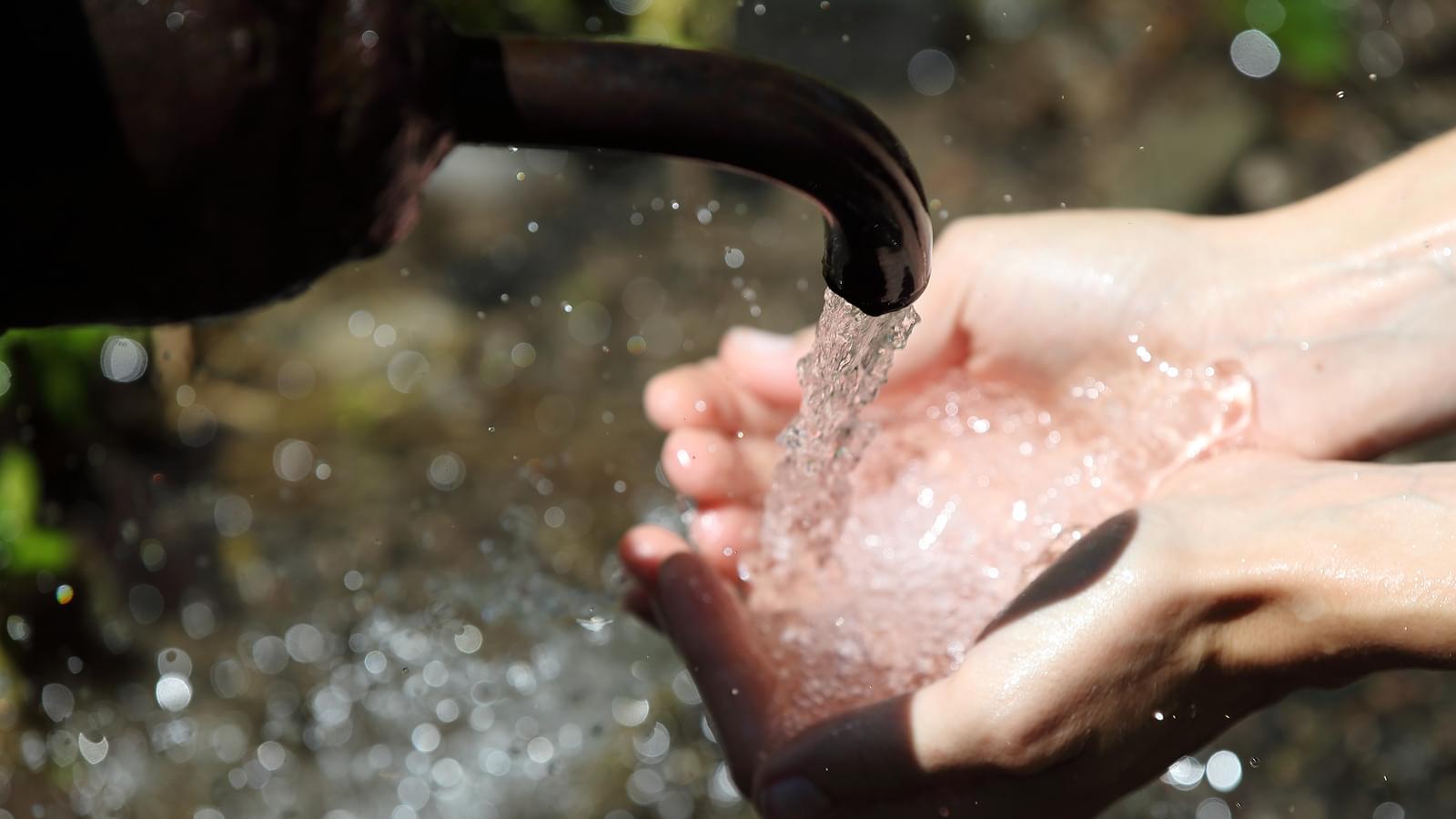

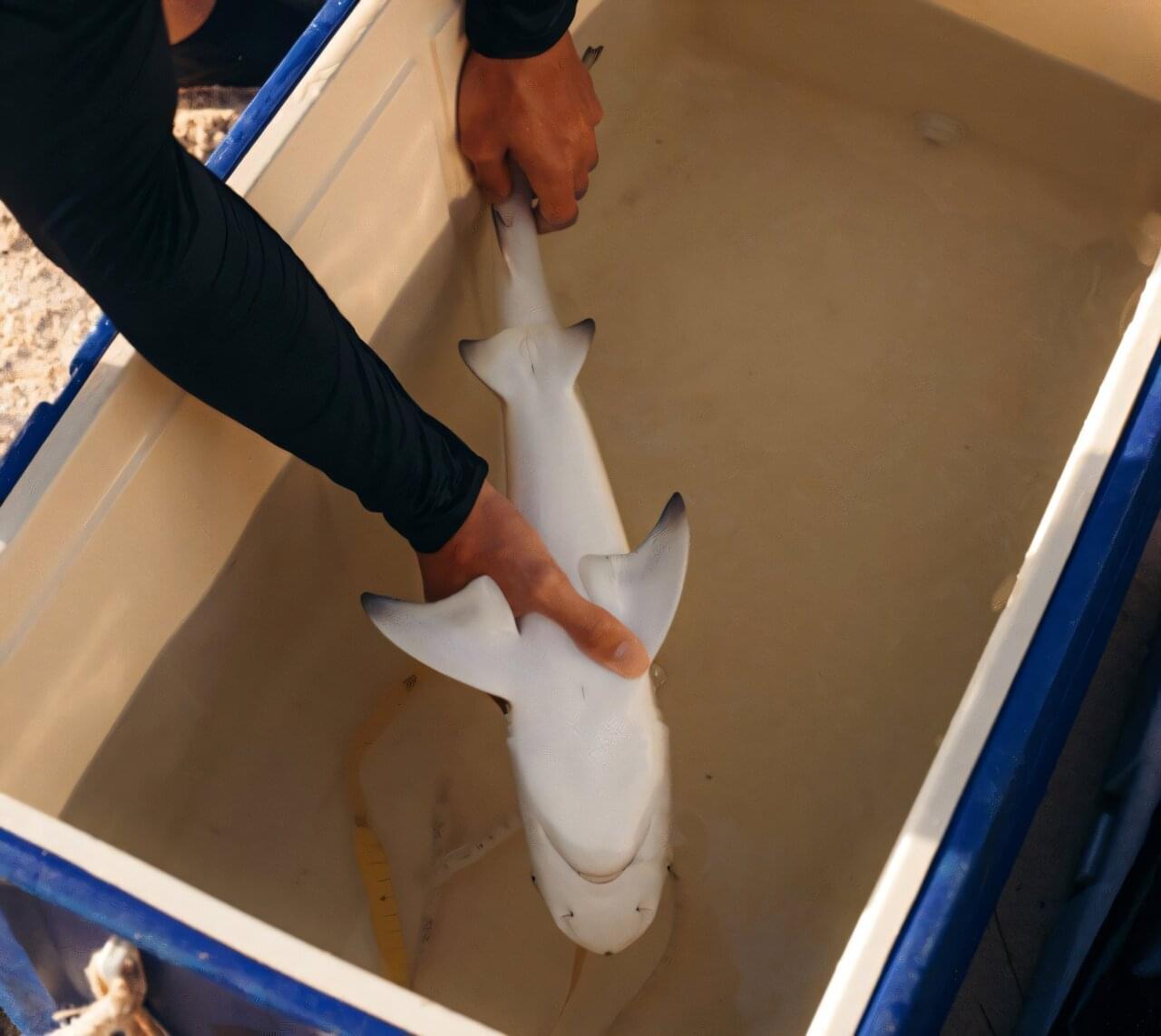
This week, biologists discovered a new cellular organelle that’s like “a new recycling center within the cell.” Wild-growing tomatoes in the Galápagos are de-evolving. And geologists at the University of Southampton detected deep Earth pulses beneath Africa. Plus: Brain network functionality differs in people with psychopathic personality; sharks have a surprising vulnerability; and people with the highest measured IQ make better probabilistic predictions than people with the lowest IQ.
Mark Hersam is a nanotechnologist who believes that understanding materials at the shortest of length scales can provide solutions to the world’s largest problems. Using an interdisciplinary approach at the intersection of neuroscience and nanoelectronics, Hersam presents a solution to the greatest societal threat posed by AI.
Dr. Mark C. Hersam, the Walter P. Murphy Professor of Materials Science and Engineering, Director of the Materials Research Center, and Chair of the Materials Science and Engineering Department at Northwestern University, has made major breakthroughs in the field of nanotechnology. His research interests include nanomaterials, additive manufacturing, nanoelectronics, scanning probe microscopy, renewable energy, and quantum information science. Dr. Hersam has received several honors including the Marshall Scholarship, Presidential Early Career Award for Scientists and Engineers, American Vacuum Society Medard Welch Award, U.S. Science Envoy, and MacArthur Fellowship. In addition, he is an elected member of the American Academy of Arts and Sciences, National Academy of Engineering, and National Academy of Inventors and has founded two companies, NanoIntegris and Volexion, which are suppliers of nanoelectronic and battery materials, respectively.
This talk was given at a TEDx event using the TED conference format but independently organized by a local community.
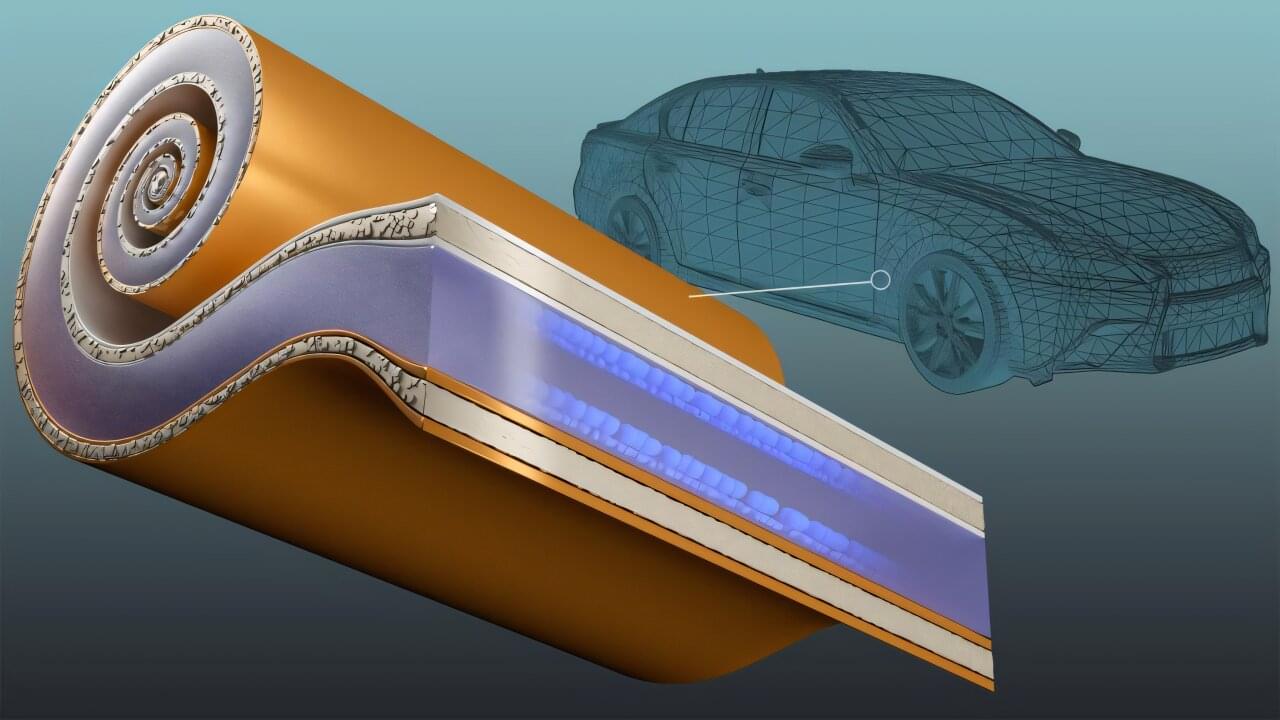
Strengthening the competitiveness of the American transportation industry relies on developing domestically produced electric vehicle batteries that enable rapid charging and long-range performance. The energy density needed to extend driving distance can, however, come at the expense of charging rates and battery life.
By integrating a new type of current collector, which is a key battery component, researchers at the Department of Energy’s Oak Ridge National Laboratory have demonstrated how to manufacture a battery with both superior energy density and a lasting ability to handle extreme fast charging. This enables restoring at least 80% of battery energy in 10 minutes. By using less metal, particularly high-demand copper, the technology also relieves strain on U.S. supply chains.
“This provides a significant savings on near-critical materials, because much less copper and aluminum are needed,” said lead researcher Georgios Polyzos. “At the same time, this will greatly enhance the energy density achievable with a 10-minute charge.”
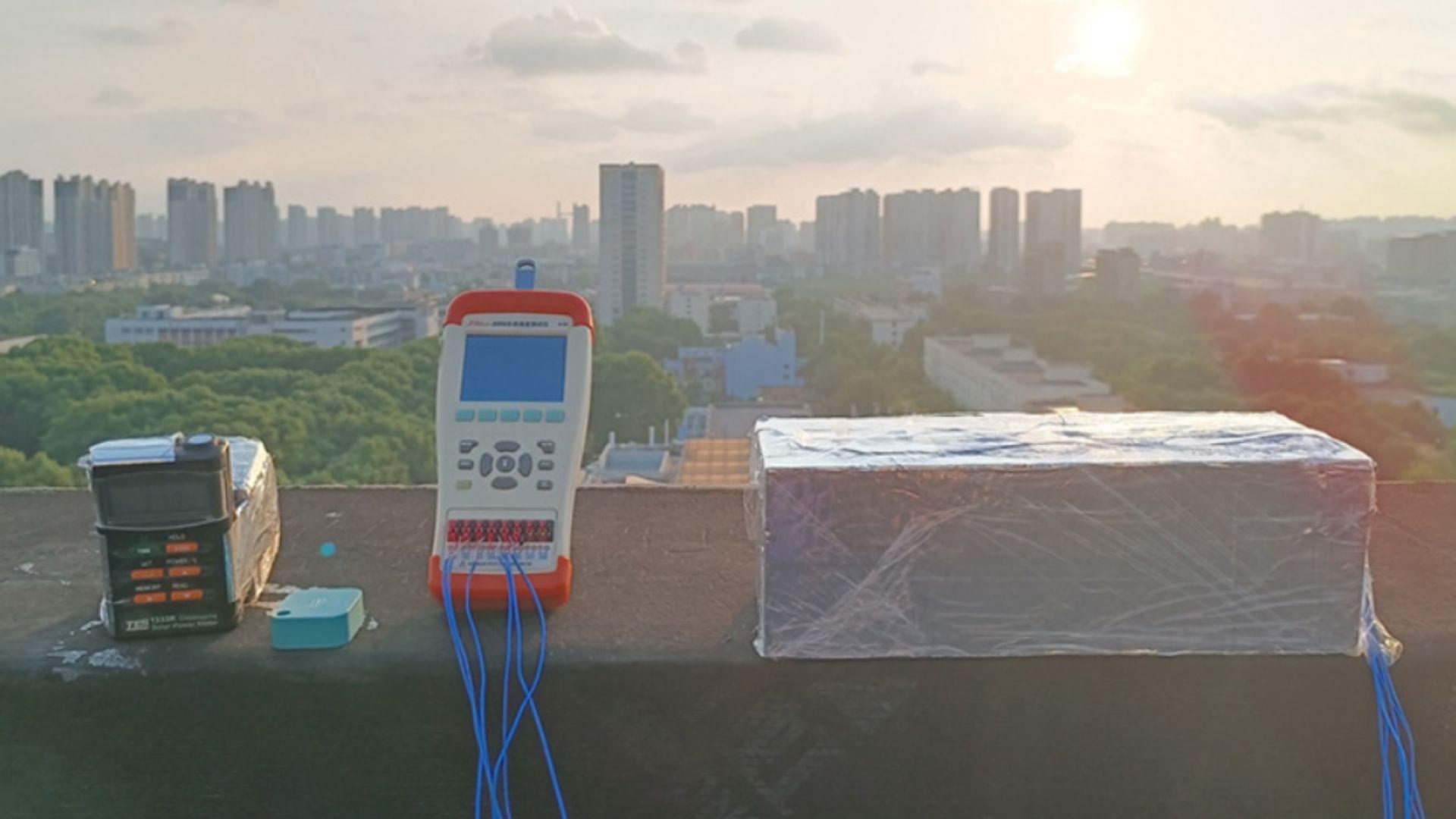
Dyson Farming’s 26-acre glasshouse in Lincolnshire is already home to 1,225,000 strawberry plants, which are grown all year round, to produce over 1,250 tonnes of high-quality British strawberries.
Dyson is always looking to maximise efficiency of the farms and the quality of their produce. The most recent development in the glasshouse is Dyson’s Hybrid Vertical Growing System, the trial of which has just finished. It exceeded all expectations, boosting yields by 250% whilst optimising the quality of the fruit.
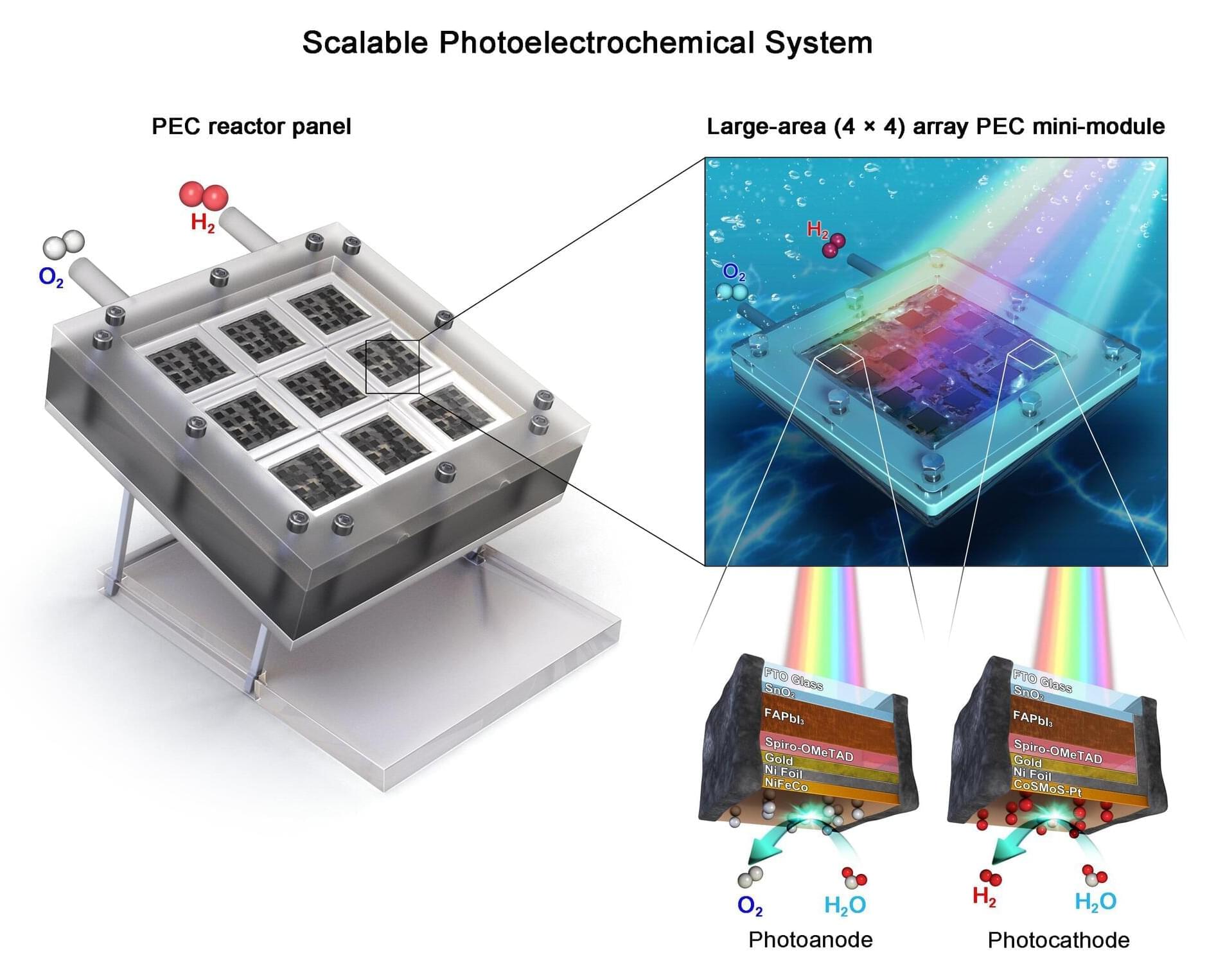
A research team affiliated with UNIST has introduced a cutting-edge modular artificial leaf that simultaneously meets high efficiency, long-term stability, and scalability requirements—marking a major step forward in green hydrogen production technology essential for achieving carbon neutrality.
Jointly led by Professors Jae Sung Lee, Sang Il Seok, and Ji-Wook Jang from the School of Energy and Chemical Engineering, this innovative system mimics natural leaves by producing hydrogen solely from sunlight and water, without requiring external power sources or emitting carbon dioxide during the process—a clean hydrogen production method. The study is published in Nature Communications.
Unlike conventional photovoltaic-electrochemical (PV-EC) systems, which generate electricity before producing hydrogen, this direct solar-to-chemical conversion approach reduces losses associated with electrical resistance and minimizes installation footprint. However, prior challenges related to low efficiency, durability, and scalability hindered commercial deployment.

How can trees provide relief from extreme heat in urban climates? This is what a recent study published in Environmental Research Climate hopes to address as a team of researchers investigated using urban street trees to provide shade relief from extreme temperatures, which continue to increase due to climate change. This study has the potential to help researchers, climate scientists, legislators, city planners, and the public better understand the benefits of trees for cooling urban spaces in the face of the increasing threat of climate change.
For the study, the researchers used a series of computer models between July and August 2022 to simulate how street tree planting in Las Vegas could provide relief from extreme heat and heat exposure. The goal of the study was to ascertain the overall effectiveness of planting non-native trees in an urban setting while estimating the amount of water they would need to survive and provide shade relief from extreme heat. In the end, the researchers found that desert environments are too hot for trees to adequately provide shade relief, primarily due to the trees’ water conservation efforts.
“Urban trees are not a silver bullet for cooling our cities, particularly for desert cities like Las Vegas,” said Dr. Juan Henao, who is a postdoctoral researcher at the Desert Research Institute and lead author of the study. “But they provide significant shade and of course other benefits. I know that I prefer to see trees, and they can help store carbon. We just need to remember that in order to cool the air, they need to release water vapor, and we need to give them enough water to do that. Any hot, dry city will need to consider these tradeoffs and really do their research to identify the right species for planting efforts.”
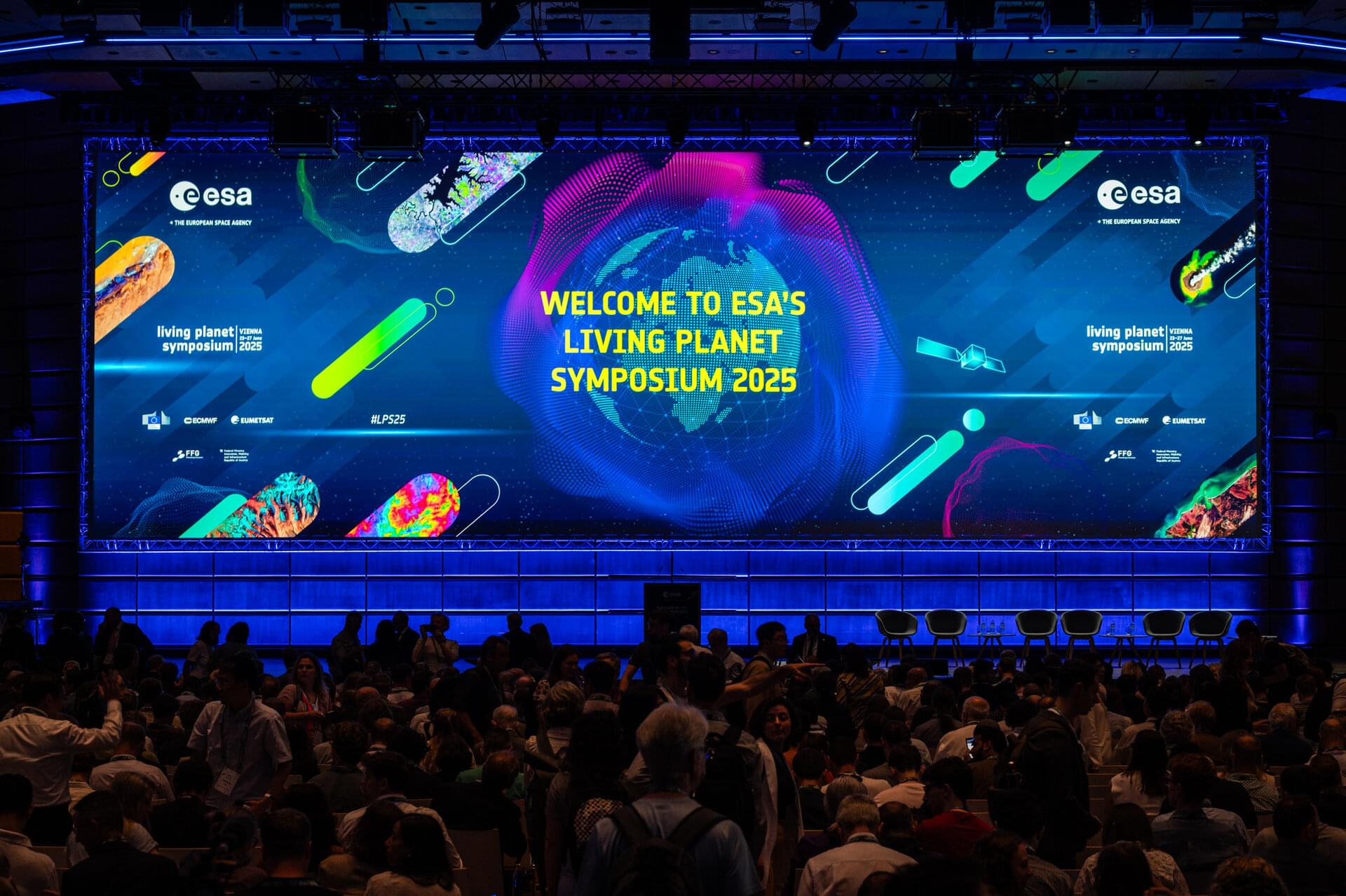
ESA’s Living Planet Symposium, one of the world’s leading Earth observation conferences, opened today in Vienna.
More than 6,500 participants from almost 120 countries signed up to attend the event. With more than 4,200 scientific presentations and posters, the symposium provides a forum and meeting point for scientists, academics and space industry representatives, as well as students and citizens.
The event takes place every three years and this year the focus is ‘from observation to climate action and sustainability for Earth’
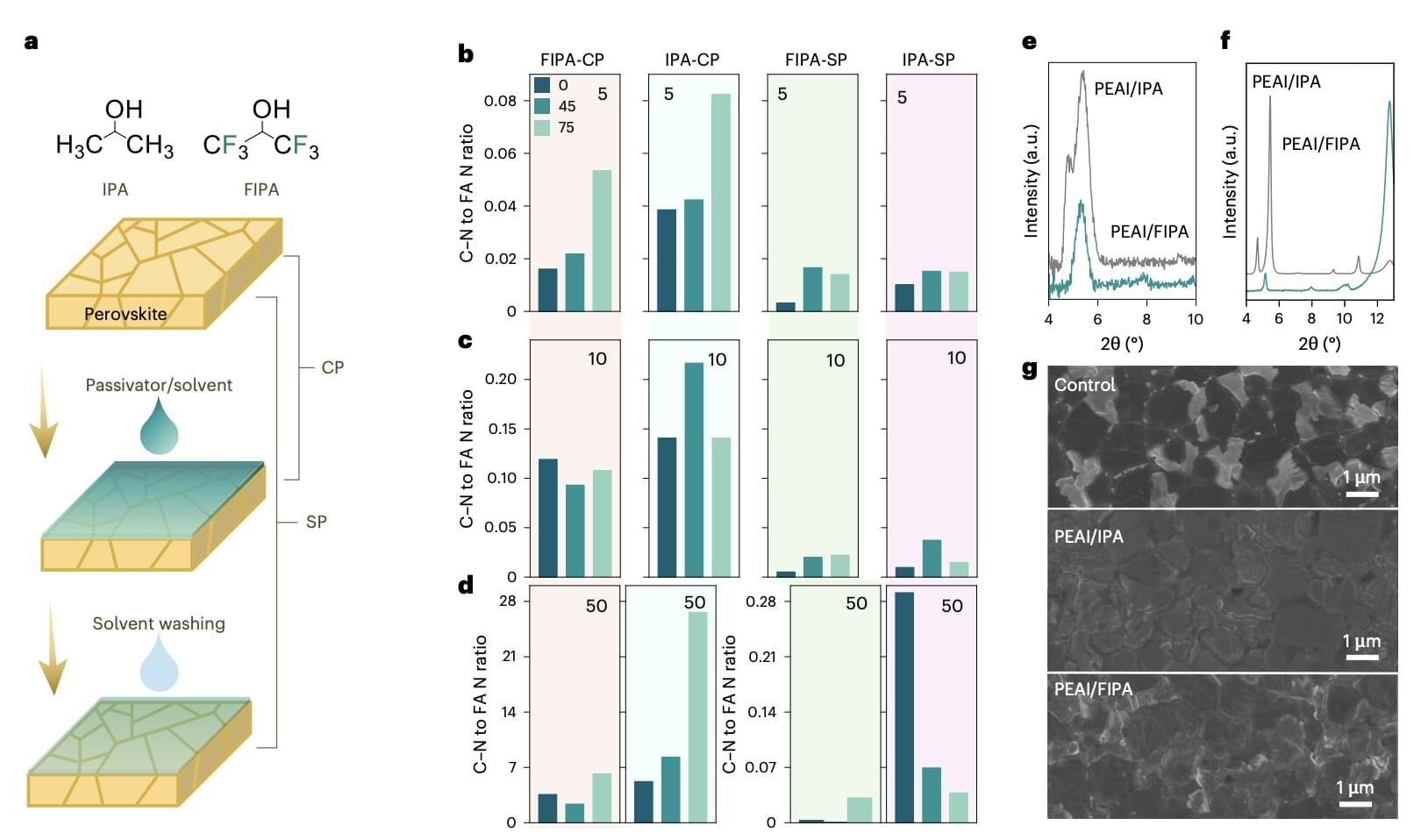
Solar cells, devices that can convert sunlight into electrical energy, are becoming increasingly widespread, with many households and industries worldwide now relying on them as a source of electricity. While crystalline silicon-based photovoltaics and other widely available solar cells perform relatively well, manufacturing them can be expensive, and they do not perform well in low-light or other unfavorable conditions.